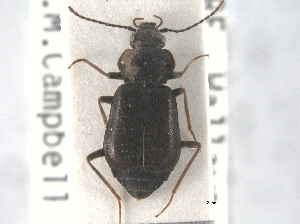The text below was taken verbatim from the Forest Service’s Region 10 (Alaska Region) website at http://www.fs.usda.gov/main/r10/forest-grasslandhealth/. The report is available at http://www.fs.usda.gov/Internet/FSE_DOCUMENTS/stelprd3797075.pdf.
 The 2013 Forest Health Conditions Report is available! This report reviews our current knowledge of forest health in Alaska. Its purpose is to help resource professionals, land managers, and other decision makers identify and monitor existing and potential forest health risks and hazards. The report is based on data collected in annual aerial detection surveys, ground surveys, permanent plot monitoring efforts, follow-ups to public requests, and input, and early detection work. Emphasis is given to damaging agents observed in 2013. Readers need to be mindful that this is not a complete survey of the 127 million forested acres in Alaska. The report is organized around the status of four categories of damaging agents: insect pests, diseases, noninfectious disorders, and invasive plants.
The 2013 Forest Health Conditions Report is available! This report reviews our current knowledge of forest health in Alaska. Its purpose is to help resource professionals, land managers, and other decision makers identify and monitor existing and potential forest health risks and hazards. The report is based on data collected in annual aerial detection surveys, ground surveys, permanent plot monitoring efforts, follow-ups to public requests, and input, and early detection work. Emphasis is given to damaging agents observed in 2013. Readers need to be mindful that this is not a complete survey of the 127 million forested acres in Alaska. The report is organized around the status of four categories of damaging agents: insect pests, diseases, noninfectious disorders, and invasive plants.



